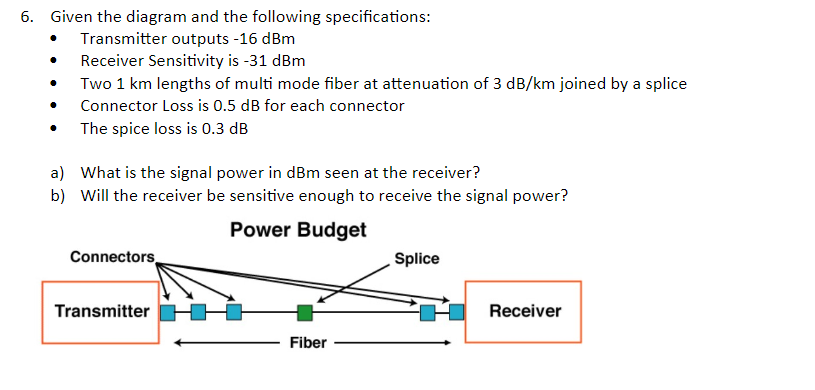


This section provides good performance right up to the start of the AM broadcast band with a sharp roll-off, giving a good rejection to MW broadcast signals avoiding introducing overload or intermodulation products in the receiver. Next the input filters section is a combination of a 110dB IF trap and a 7th order, 0.3dB insertion loss, Elliptic Low Pass Filter with a cut-off frequency of 500 kHz. Referring to the above functional blocks diagram, the 50 Ω antenna is connected to J1 ,BNC type connector a Gas Discharge Tube protects the converter from transients that may come from the antenna. If the VLF-LF up-Converter is connected in line to a HF transceiver acting as IF receiver, take precautions to prevent transmitting any signal into the converter.

If an active antenna is powered through the coaxial cable a DC block device must be connected at the converter antenna Input in order to avoid damage the unit.īeverage antennas may need a 50 Ω matching network device for best performance. The VLF-LF Up-Converter is suitable for use with active antennas, loop antennas and preamplifiers providing an output impedance of 50 Ω. Adjusting the attenuation to a proper value weak signals buried in the noise can be seen emerging. In urban areas were strong signals and/or noise are more noticeable a variable attenuator avoids saturating the receiver chain. For example if you are living in the country side far away from noise sources probably you do not need one. it is advisable to use a variable attenuator in front of the converter in order to improve signal to noise ratio and better energy transfer between antenna and converter due the broad impedance matching effect.Ī front attenuator have more or less noticeable effects depending on location. The VLF-LF-MF Up-Converter enables reception of VLF mobile maritime communications, aviation and marine navigational aids such as NDB and DGPS beacons, DGPS reference stations, NAVTEX, Standard Time & Frequency stations, LF Amateur bands, European LW broadcast stations, monitoring the sounds of nature created by planet Earth (Natural Radio) such as sferics, hiss, tweaks, whistlers, Dawn Chorus, other not well known VLF radio atmospheric sounds, and many more.ĭepending on local conditions, kind of antenna, noise, etc.
#Vlf receiver sensitivity spesifications software
When the converter is power-on the <5kHz to 520 kHz band segment is translate to 3.500MHz to 4.000MHz, Model-350 or 4.000MHz to 4.500MHz, Model 400, allowing the reception of VLF, LF and MF bands.įor example, for converter model 400, if the receiver is tuned on 4.135.500MHz, you are receiving on 135.500kHz, just ignoring the digit “4” on the dial.Īlternatively most SDR radio control software lets customise the dial by the user, as an example see below page "PowerSDR configuration". It is connected between the antenna and a shortwave radio receiver. The VLF-LF_MF Up-Converter extents the range of any shortwave receiver from below 5 kHz to 520 kHz.

The fact that few radios are available on the market covering properly frequencies from below 5kHz to 520kHz, convinced us to provide radio amateurs and listeners with the high-performance receiving VLF-LF-MF Up-Converter that we introduce here. Since many countries are allocating the 472 kHz MF band for experimental use by Radio Amateurs, a growing number of them as well as listeners have become interested on VLF and LF bands. Model 400: below 5kHz-520kHz converts to 4MHz-4.5MHz Compatible with Software Define Radios (SDR) and analogue radios. Two models are available depending on the conversion IF frequency: Model 350: below 5khz-520kHz converts to 3.5MHz-4MHz VLF-LF-MF bands Up-Converter for SDR and analogue radios


 0 kommentar(er)
0 kommentar(er)
